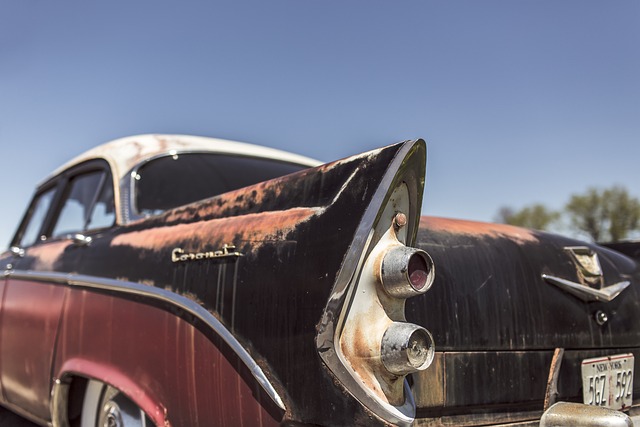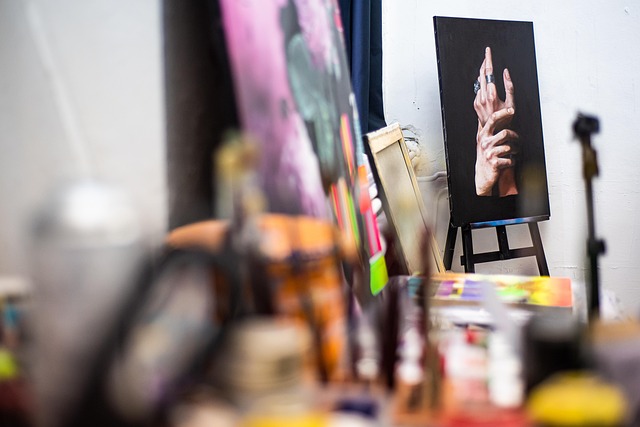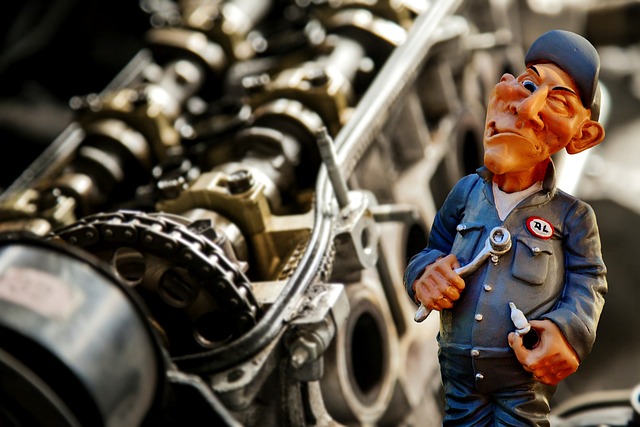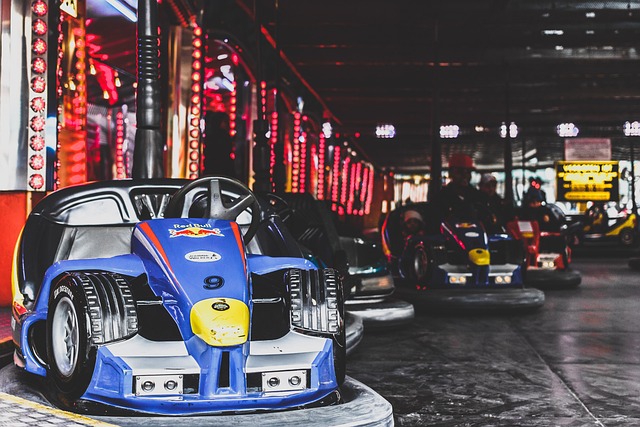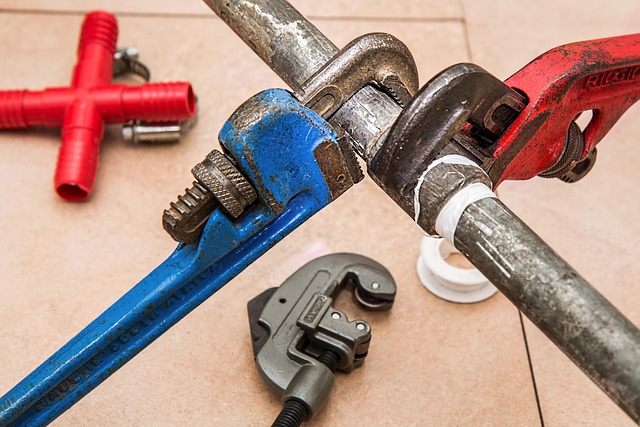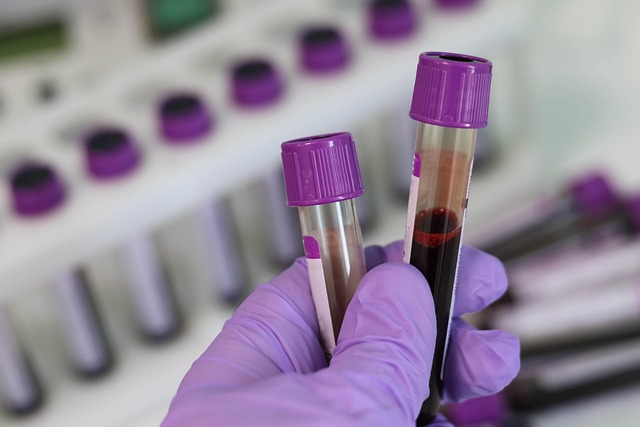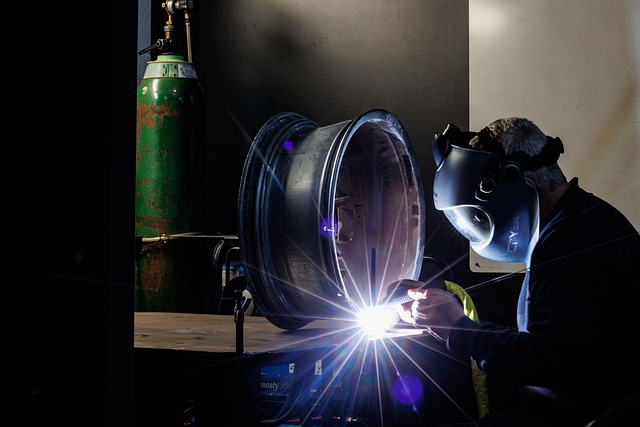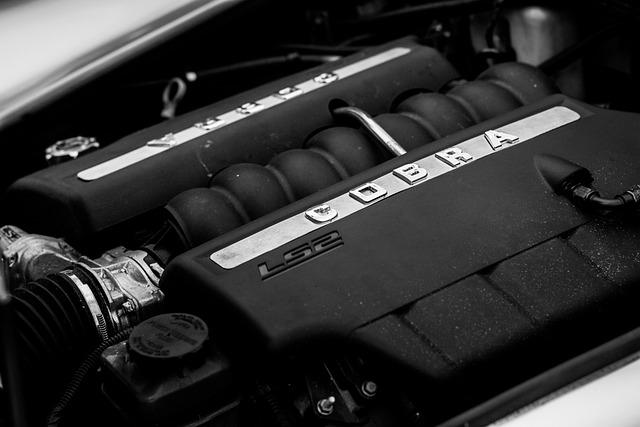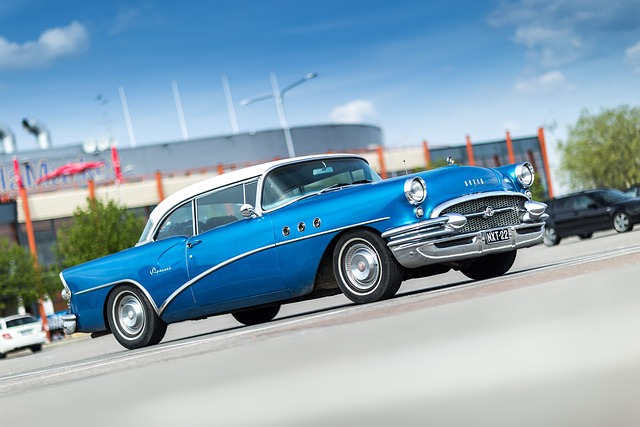UV paint curing systems have transformed vehicle repair processes, offering a swift alternative to conventional drying methods. Using ultraviolet light, these systems cure paint in minutes, enhancing productivity and ensuring durable finishes. For body shops aiming for modernization and quick turnaround times, UV curing is an essential solution that provides superior quality, reduces waste, and stays competitive in the market. To maximize benefits, ensure equipment compatibility, proper training, and a clean workspace for optimal results.
“Discover the transformative power of UV paint curing systems in mobile and in-house operations. This comprehensive guide delves into the technical intricacies, exploring how these innovative technologies accelerate drying times and enhance durability. Weighing the advantages, from increased productivity to reduced environmental impact, this article guides you through successful implementation strategies and best practices for optimal results with UV paint curing systems.”
- Understanding UV Paint Curing Systems: A Technical Overview
- Advantages of UV Paint Curing in Mobile and In-House Operations
- Implementing UV Paint Curing: Best Practices and Considerations
Understanding UV Paint Curing Systems: A Technical Overview

UV paint curing systems are an innovative technology that has transformed both mobile and in-house operations in vehicle body shops and vehicle repair services. Unlike traditional drying methods, UV curing involves the use of ultraviolet light to initiate a chemical reaction within the paint, causing it to harden rapidly. This process significantly reduces the time required for paint drying, from hours to just minutes, enhancing efficiency in vehicle paint repair.
The technical underpinning of UV paint curing systems lies in their ability to emit specific wavelengths of UV light that are absorbed by photoinitiators present in the paint. These initiators trigger a chain reaction, causing polymerization and cross-linking of the paint molecules. This rapid hardening not only speeds up the painting process but also results in a more durable and high-quality finish. For vehicle body shops looking to modernize their operations and cater to growing customer demands for quick turnaround times, UV curing offers an indispensable solution.
Advantages of UV Paint Curing in Mobile and In-House Operations
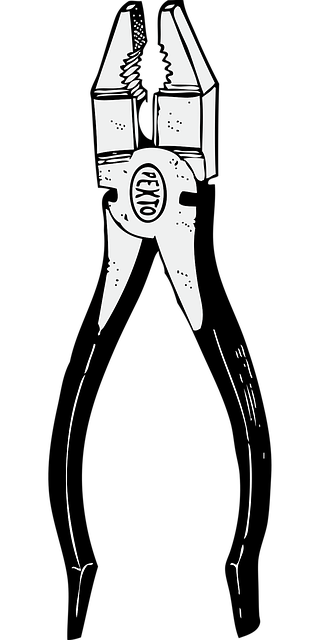
UV paint curing systems offer significant advantages for both mobile and in-house operations in the automotive industry. One of its key benefits is the reduction in cure time, which can significantly increase productivity in a car body shop or collision repair center. This technology enables faster turnaround times, allowing these facilities to accommodate more vehicles and manage workloads more efficiently.
Additionally, UV paint curing provides superior surface quality, ensuring a smoother and more durable finish compared to traditional methods. It also enhances the overall efficiency of car paint services by minimizing the need for additional coats, reducing waste, and lowering environmental impact. These advantages make UV paint curing an attractive option for modern car body shops looking to stay competitive and offer high-quality repairs while optimizing their operations.
Implementing UV Paint Curing: Best Practices and Considerations
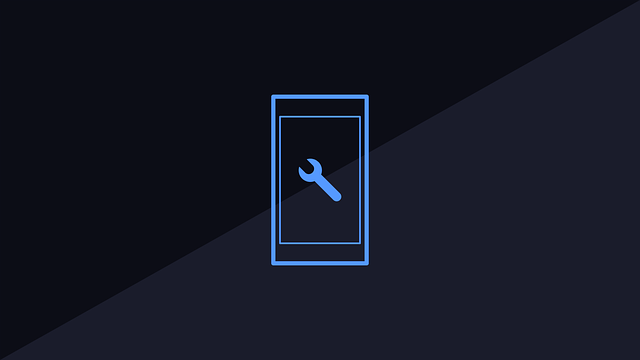
Implementing a UV paint curing system offers significant advantages for both mobile and in-house operations, ensuring faster drying times and improved paint quality. When considering this technology, several best practices and factors should be taken into account. Firstly, ensure compatibility with your existing equipment and workflow; UV curing systems must complement your current processes seamlessly. Secondly, the choice of UV light source and intensity is critical for consistent results; higher intensities reduce cure time but require precise control to prevent overshooting the desired temperature.
For optimal performance, maintain a clean and well-lit workspace, as dust and shadows can interfere with curing. In auto body restoration and detailing applications, including dent removal, UV paint curing can streamline operations, reducing the risk of paint defects and offering a more efficient solution compared to traditional drying methods. Proper training for staff is essential to maximize efficiency and ensure safety, particularly when handling powerful UV lighting equipment.
UV paint curing systems offer a significant advantage in both mobile and in-house operations due to their swift drying times, superior strength, and reduced environmental impact. By understanding the technical aspects, leveraging best practices, and considering key factors, businesses can effectively implement UV paint curing for enhanced productivity and quality control. This innovative technology is transforming industrial painting processes, making it a game-changer for various sectors.
